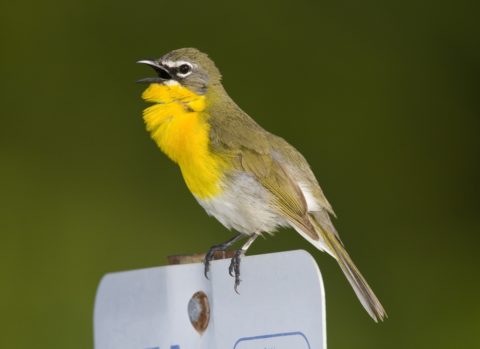The existing network of bird conservation partners and resources provides an excellent opportunity for land trusts to engage in conservation at different scales. This Resource Directory is designed especially for land trusts: bringing many of the resources together in one place and helping navigate the resources to find what is pertinent to land trusts. The resources can be useful for land trusts’ funding proposals, community outreach, strategic conservation planning, land acquisition and easement justification, management plan development, and monitoring. The resources on these pages are organized by four categories – Engaging People, Planning, Management Guides, Presentations and Publications, and Equity, Diversity, Inclusion, and Justice.
If there are additional resources that you’ve found helpful and would like added to the site, please email us with the resource name, category in which it should be listed, online link, and a description of how it’s useful to land trusts. We value your contributions!
 Multiple Species, Habitats and Miscellaneous Guides
Multiple Species, Habitats and Miscellaneous GuidesThis section represents miscellaneous guides, such as managing for farmland or multiple species, which could not be categorized by our chosen habitat types.
 Top 10 Tips For Working with Land Trusts on Bird Conservation In the West
Top 10 Tips For Working with Land Trusts on Bird Conservation In the WestWritten for a bird conservationist audience, this publication describes what land trusts are and spotlights ten tips that show the impacts and benefits land trusts in the West have on birds and bird conservation efforts.


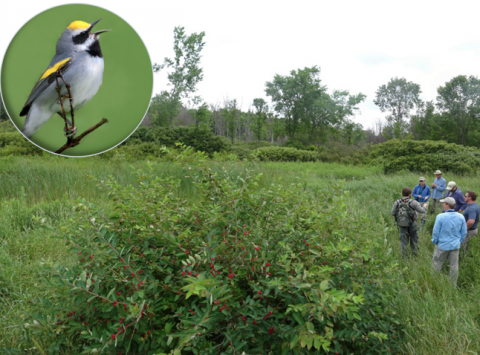 Top 10 Tips For Working with Land Trusts on Bird Conservation
Top 10 Tips For Working with Land Trusts on Bird ConservationWritten for a bird conservationist audience, this publication describes what land trusts are and spotlights ten tips that show the impacts and benefits land trusts have on birds and bird conservation efforts.

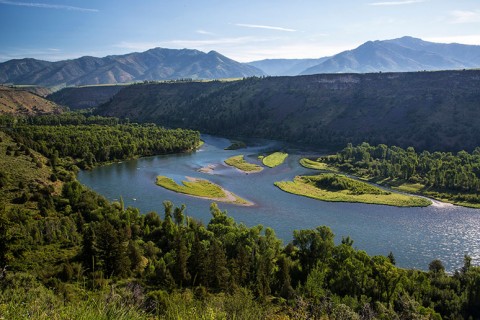 Riparian Ecosystem Guide
Riparian Ecosystem GuideGuides in this section are representative of landscapes consisting of plant communities contiguous to waterways or bodies of water with visible vegetation or physical characteristics that reflect permanent water. They are typically transitional zones between wetland and upland habitats.

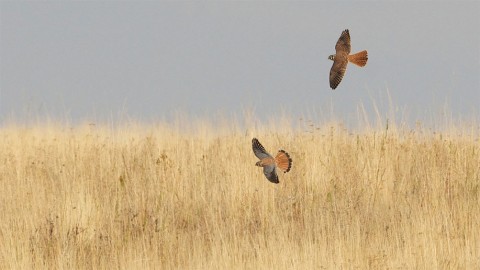 Grassland Ecosystem Guide
Grassland Ecosystem GuideGuides in this section are representative of landscapes dominated by grasses and other herbaceous species. Tree and shrub cover is typically less than 10%.

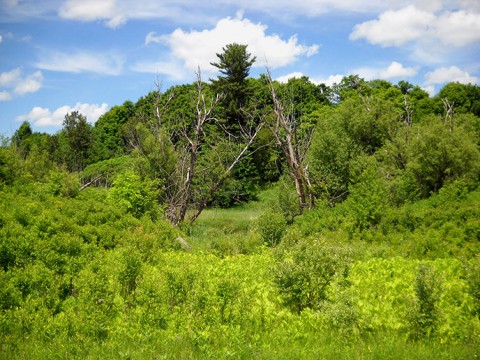 Shrubland Ecosystem Guide
Shrubland Ecosystem GuideGuides in this section are representative of landscapes dominated by mostly woody shrub species, often mixed with forbs and grasses.

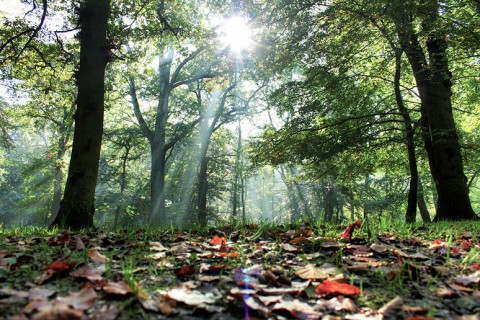 Forestland Ecosystem Guide
Forestland Ecosystem GuideGuides in this section are representative of landscapes or natural woodland systems dominated by trees and other woody plants where tree cover typically ranges from 25% – 100% cover.

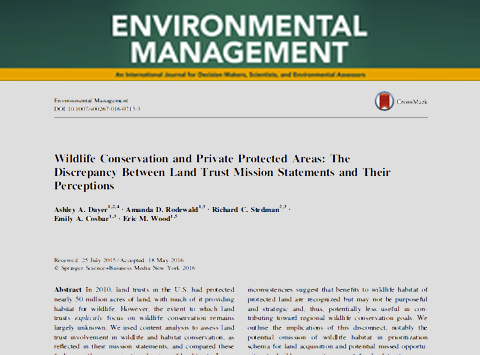 Wildlife Conservation and Private Protected Areas: The Discrepancy Between Land Trust Mission Statements and Their Perceptions
Wildlife Conservation and Private Protected Areas: The Discrepancy Between Land Trust Mission Statements and Their PerceptionsA journal article in Environmental Management, studying the extent to which land trusts explicitly focus on wildlife conservation. We found that land trust mission statements rarely mention wildlife while land trusts cite wildlife habitat as the most significant outcome of…

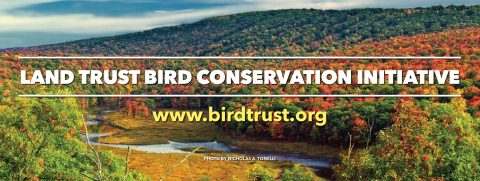 Land Trust Bird Conservation Promotional Materials
Land Trust Bird Conservation Promotional MaterialsThe Cornell Lab of Ornithology has created a bookmark, power point slide, and press release to help land trusts promote and advertise the Land Trust Bird Conservation Initiative website and its resources.

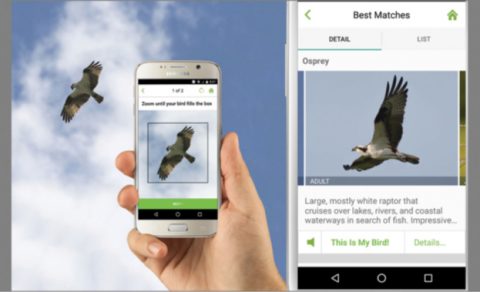 Merlin
MerlinMerlin is a free bird identification app for your smartphone, offering quick identification help for all levels of bird watchers to learn about North America and Europe’s common and rare birds.



